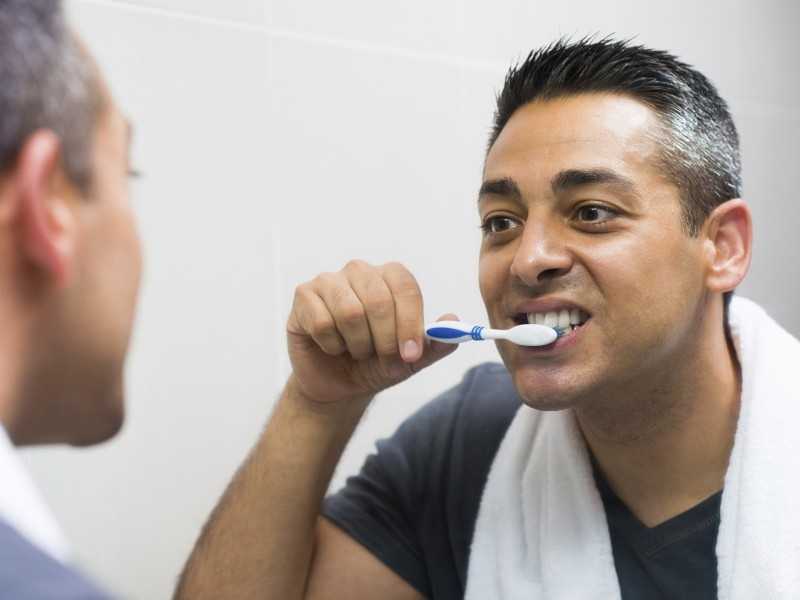When it comes to dental restorations, the use of silane is a game-changer. Silane is a coupling agent that is commonly used in dentistry to improve the bond between different materials, such as composite resins and porcelain. In this blog post, we will explore the importance of silane in dental procedures, how it is used, and why it is essential for successful restorations.
Silane is a small molecule that contains both organic and inorganic components. It acts as a bridge between two dissimilar materials by chemically bonding to both surfaces. In dentistry, silane is primarily used to enhance the bond between resin-based materials and ceramic or porcelain restorations. This is crucial for ensuring the longevity and durability of the restoration.
One of the key benefits of using silane in dental procedures is its ability to improve adhesion strength. When applied correctly, silane forms a strong bond between the restoration material and the tooth structure, reducing the risk of debonding or failure. This results in more reliable restorations that last longer and require fewer repairs over time.
Silane coupling agents are available in different formulations, including liquids and primers. These products are designed to be easy to apply and compatible with a wide range of dental materials. Before applying silane, it is essential to follow manufacturer instructions carefully to ensure proper adhesion and bonding strength. This includes cleaning and preparing the surfaces to be bonded, applying the silane evenly, and allowing sufficient time for curing.
In addition to enhancing adhesion strength, silane also helps improve aesthetics by reducing microleakage around restorations. This can prevent discoloration, decay, or other complications that may arise from gaps or spaces between the restoration and tooth structure. By using silane as part of your dental protocol, you can ensure better outcomes for your patients and reduce the need for costly repairs or replacements down the line.
Silane plays a crucial role in modern dentistry by improving adhesion strength between different materials used in restorative procedures. By understanding how silane works and following proper application techniques, dental professionals can achieve more predictable results with their restorations. Whether you are bonding composite resins to porcelain crowns or repairing chipped teeth with composite fillings, incorporating silane into your practice can make a significant difference in the longevity and success of your treatments. So next time you reach for your bonding agent, remember the magic of silane and its essential role in creating beautiful smiles that stand the test of time.
Case Studies and Clinical Evidence
The efficacy of silane in dental applications is supported by numerous case studies and clinical evidence. For example, a study published in the “Journal of Dentistry” investigated the long-term performance of silane-treated restorations. Researchers found that restorations treated with silane demonstrated significantly higher bond strength and lower incidence of microleakage compared to those without silane treatment. This study highlights the importance of using silane to achieve durable and long-lasting dental work.
In another clinical trial, patients receiving composite resin restorations with a silane coupling agent reported fewer instances of debonding and failure over a five-year period. The trial indicated that the use of silane not only improved the initial bonding but also maintained the integrity of the bond over time, reducing the need for frequent repairs and replacements.
Practical Tips for Dental Professionals
For dental professionals looking to integrate silane into their practice, there are a few practical tips to keep in mind. Firstly, always check the compatibility of the silane coupling agent with the materials you are using. While most are designed to work universally, ensuring compatibility can maximize effectiveness.
Proper surface preparation is key to successful silane application. Clean the surfaces thoroughly and ensure they’re free of contaminants such as oils, dust, or previous bonding agents. Apply the silane evenly to avoid any imbalances in bond strength.
Future Directions in Silane Research
The field of dental material science is continually evolving, with ongoing research dedicated to improving the properties and applications of silane. Future advancements may see the development of silane formulations that provide even stronger bonds, quicker curing times, and enhanced aesthetic properties. Researchers are also exploring the potential for silane-based agents to have antibacterial properties, which could further extend the lifespan and health of dental restorations.
By staying informed about these advancements and continually refining their techniques, dental professionals can offer their patients the best possible outcomes. The magical properties of silane are sure to remain a central element in restorative dentistry, paving the way for more reliable and beautiful smiles.
Common Mistakes to Avoid When Using Silane
While silane can significantly enhance dental restorations, improper usage can lead to suboptimal results. One common mistake is failing to adequately clean and prepare the surfaces before applying the silane. Any residual contaminants can inhibit the bonding process, leading to weaker adhesion and a higher likelihood of failure.
Another error is not allowing sufficient curing time. Depending on the formulation, silane needs a specific period to form a strong bond between the materials. Rushing this step can compromise the restoration’s durability. Additionally, uneven application can result in imbalanced bond strength, which may cause partial debonding or gaps.
To avoid these pitfalls, dental professionals should adhere strictly to manufacturer guidelines and take the time to ensure that all steps are performed with precision and care.
Patient Education and Communication
Educating patients about the role of silane and the meticulous process involved in their dental restorations can help in setting realistic expectations and enhancing patient trust. Explain how silane contributes to the longevity and aesthetics of their dental work, and why following post-procedure care instructions is important.
Incorporating silane into dental restorative procedures offers an array of benefits, from improved bond strength and aesthetics to reduced microleakage and long-term durability. By understanding the science behind silane and following best practices for its application, dental professionals can achieve outstanding, reliable results that stand the test of time.
As the field evolves, staying abreast of the latest research and advancements in silane technology will allow dental practitioners to continue providing top-notch care to their patients. The journey of mastering the use of silane is not just about achieving technical proficiency but also about continually striving for excellence in patient outcomes.
Acknowledgements
The advancements and successes in the application of silane in restorative dentistry would not have been possible without the dedicated efforts of researchers, dental professionals, and organizations that continually strive to enhance dental materials and techniques. Special thanks are due to the authors of the numerous pivotal studies referenced in this document, whose meticulous work provides the scientific foundation for effective silane use in dental practices.
We acknowledge the contributions of dental supply companies that have invested in developing and distributing high-quality silane coupling agents, thereby enabling dentists worldwide to achieve superior restorative outcomes. We also extend our gratitude to the patients who participate in clinical trials, offering valuable feedback and helping to advance the field of dental science.
Finally, thanks to the continuous education and training programs that equip dental professionals with the knowledge and skills necessary to integrate advanced materials like silane into their practices, ensuring that patients receive the best care possible.



